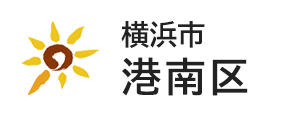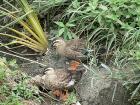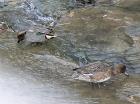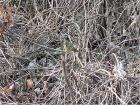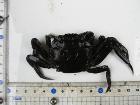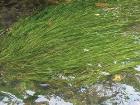- Yokohama-shi Top Page
- Konan Ward Top Page
- Living, procedures
- Community Development and Environment
- City Planning
- Development of the Hinokawa Road promenade
- History and Creatures of the Hinokawa Basin
The text is from here.
History and Creatures of the Hinokawa Basin
Last updated on December 4, 2024.
The transition of Hinokawa
History of the Hinokawa Basin
During the Edo period, the border between Musashi (Musashi) and Sagami (Saga) ran north and south of today's Konan Ward. On the east side of the border, there were four villages along the Hinokawa River, "Miyagaya", "Kanai", "Miyashita", and "Yoshiwara", but when the Meiji era, the four villages merged to form "Hino Village j. Was.
In 1873, Hino Gakusha, the predecessor of Hino Elementary School, opened in Miyanomae (now near the Hino Interchange). Along with the expansion of urban areas centered on Yokohama Port, Western-style flowers have become popular in the present Konan Ward area. By this time, it is said that rural landscapes such as flower fields and paddy fields spread in Hino and Sasashita.
Hinokawa has been hit by floods during heavy rains since ancient times because of its narrow river and repeated meandering. In addition, the rapid development of residential land during the period of high economic growth has caused a flood.
In addition, textile products such as scarves, which are a specialty of Yokohama, were found in the basin, and river water was used for washing, but due to the deterioration of water quality due to the development of the upstream basin, river water is no longer available.
Since then, water quality has improved due to the spread of sewers, and in recent years Indian spot-billed duck, Sekirei, and loach have been seen. In addition, flood damage in the downstream area has decreased significantly due to the improvement of the Ookagawa diversion channel.
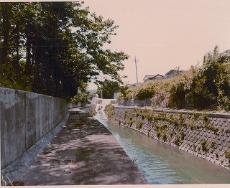 Hinokawa around 1981
Hinokawa around 1981 Hinokawa around 1996
Hinokawa around 1996
Water intake from Hinokawa
The water intake remaining on the right bank of the Goshogaya Hashimoto style (right photo) was created in the 1940s to reduce the flood damage downstream of the Hino River.
This water intake was temporarily used by the sewer pipe (Hino Nakahara Trunk Line), which had been unused for the time being, to take in the flood of Hinokawa during rainfall and flow it to Negishi Bay. The Ookagawa diversion channel was completed in 1981, and it has now completed its role.

The past and present of Hinokawa
 (Image: 114KB)
(Image: 114KB)
around 1981
Upstream of Hinobashi
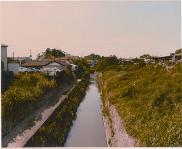 Around 1981
Around 1981  2012
2012
Gwangmyeong Hashigami style
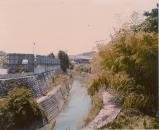 Around 1981
Around 1981 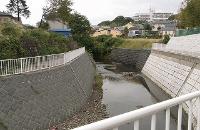 2012
2012
Near the open space of Gwangmyeong Hashigami-ryu
 Around 1981
Around 1981  2012
2012
In the past, the Hino River had a rich natural environment. Haya, yamame trout, Japanese Freshwater Crab, Hotanore, Dragonfly, Hepi and common kingfisher. Various creatures inhabited, and there was also a scene where children played in the river in such a situation.
The “Hinokawa Biohabitation Environment Survey” conducted in 2006 also reported the ecology of various creatures, and it is known that some of them are designated as endangered species.
| Excerpt from Green Environment Bureau, Yokohama 2006, Japan. | |||
|---|---|---|---|
Indian spot-billed duck |
Hakusekirei |
green-winged teal (left) and Eurasian wigeon (right) |
black-faced bunting |
Loach |
Squirrel (Kanagawa Pref. |
Mozuku crab |  Aquicane female |
Hagro dragonfly (On the Red List in Kanagawa Prefecture) Cautionary type | 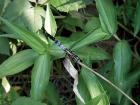 A dragonfly male |  Japanese pampas grass Himezrupa community |
Aino Koitomomo (Yokohama City Distinguished Species) |
Inquiries to this page
Konan Ward Ward Administration Promotion Division Planning and Adjustment Section
Phone: 045-847-8327
Phone: 045-847-8327
Fax: 045-846-2483
E-Mail address [email protected]
Page ID: 729-189-157
